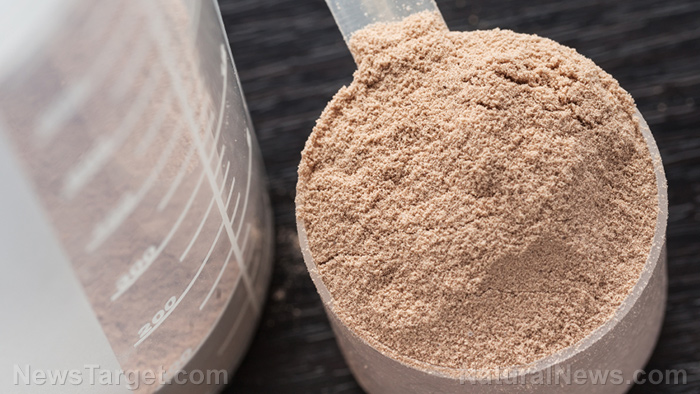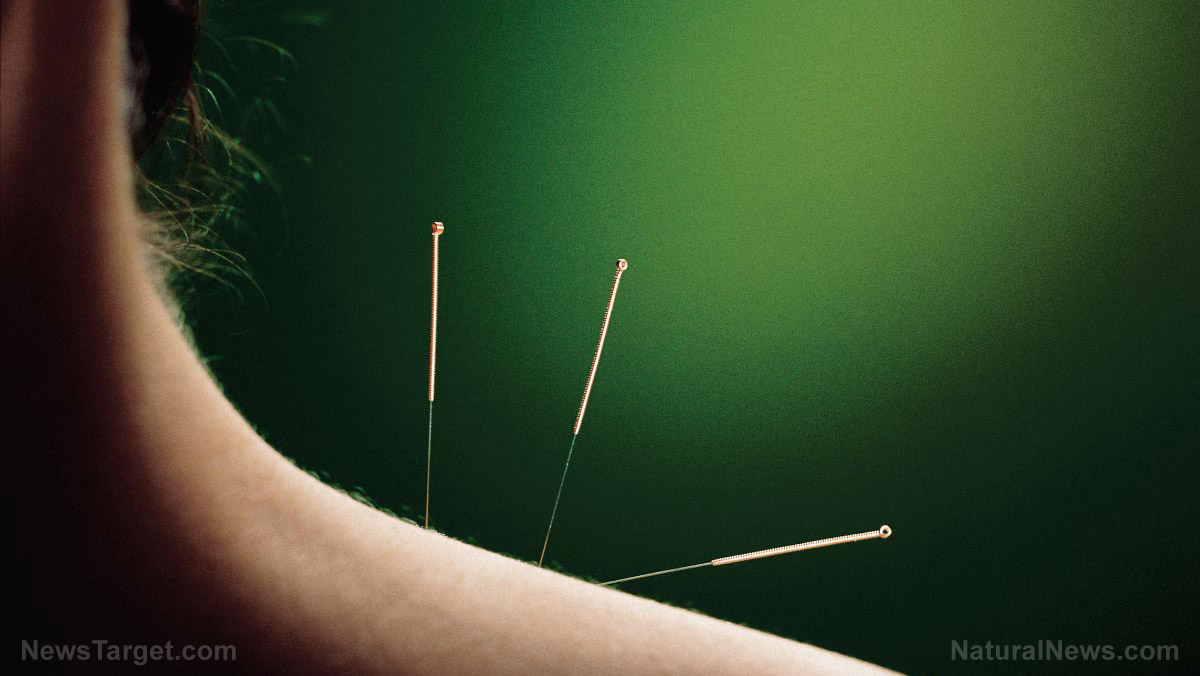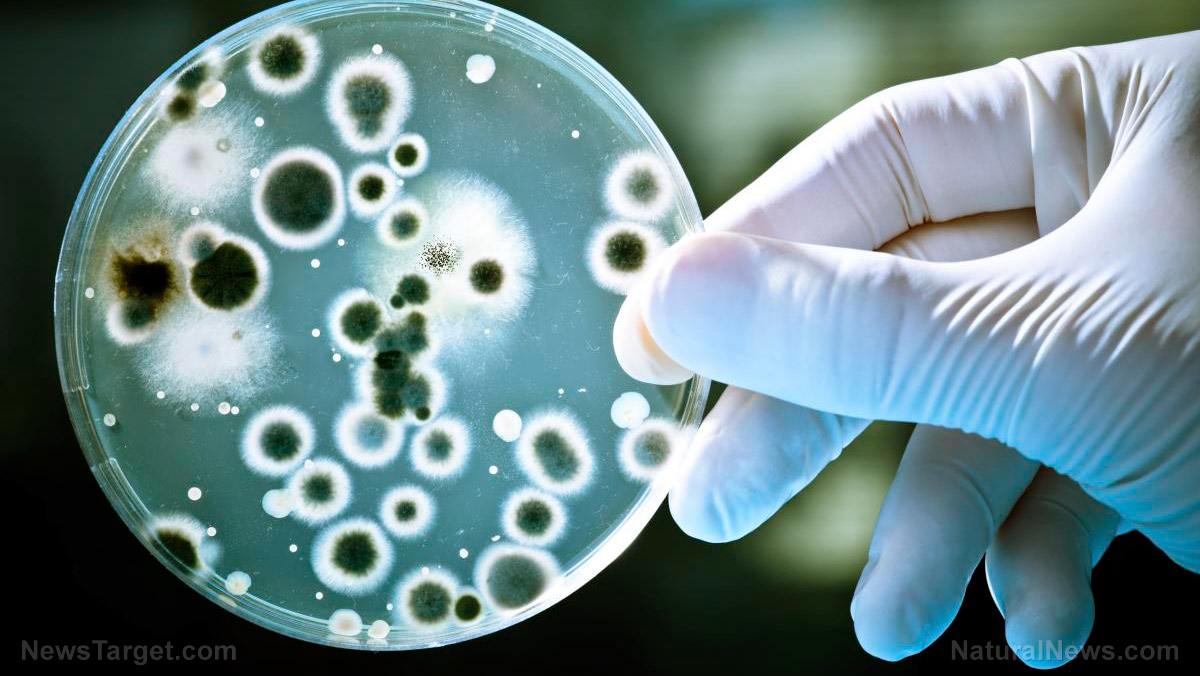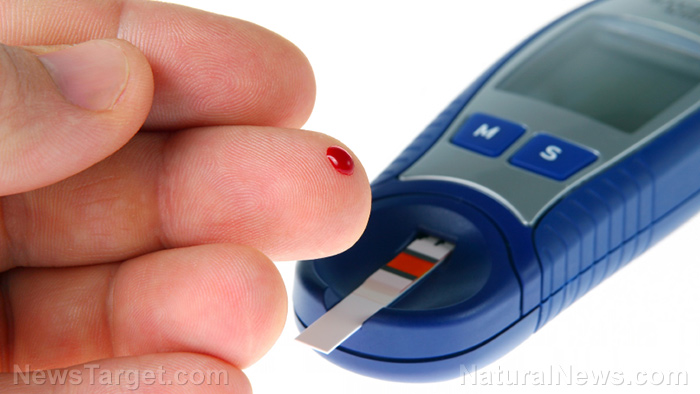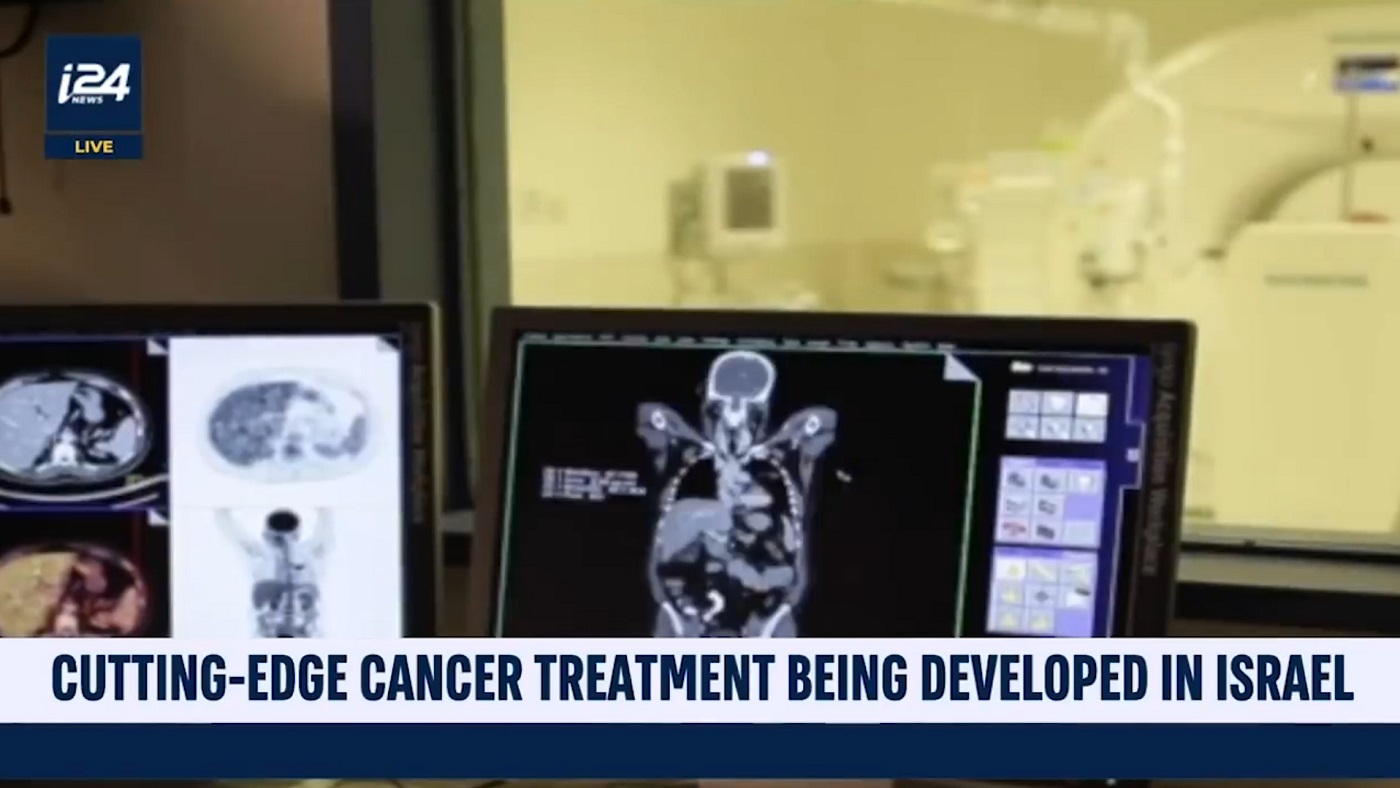Graphene can drastically enhance nerve cell signaling in the human brain, say researchers
04/02/2018 / By David Williams
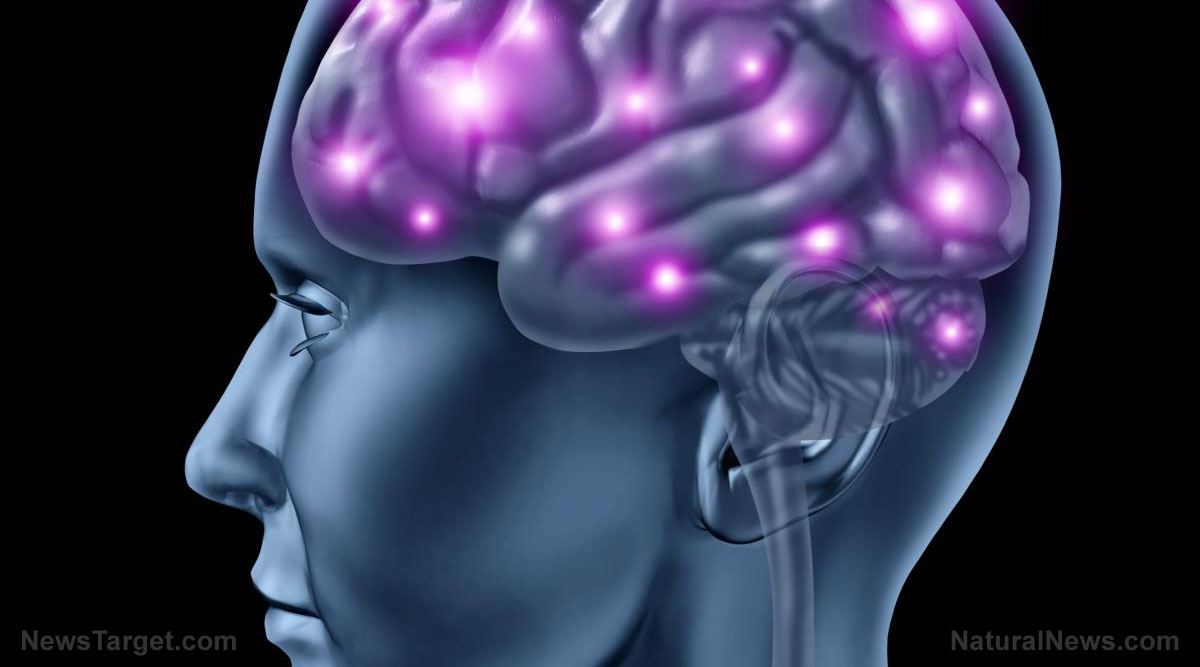
Graphene has been the subject of a number of breakthrough discoveries over the past two decades. Now, a group of researchers from Vanderbilt University has found yet another one to add to the ever-growing list. Graphene is said to be an effective material to help boost nerve cell signaling in the human brain, and the researchers who found out about this did so completely by accident.
Despite its accidental nature, this discovery can have profound effects on the field of neuroscience as far as graphene research is concerned. The miracle material has already caused major new discoveries in other fields, and now the branch of medicine that focuses on the human brain may benefit from its miraculous properties real soon as well.
As a report on the discovery states, the resilient single-atom material has already begun transforming such fields as neuroprosthetics and tissue engineering. And now, in an attempt to use it as a potential biosensor, the researchers inadvertently ended up finding out about its effect on enhancing nerve cell signaling.
To be more specific, the researchers looked at graphene as a possible biosensor thanks to its ability to conduct both heat and electricity quite effectively. However, when they began conducting their tests, they soon found out that it enabled nerve cell membranes to pull in more cholesterol, which in turn increased the vesicles that packaged neurotransmitters. Combining these two changes resulted in much stronger signals between nerve cells in the human brain.
The study where this discovery was detailed is titled, “Membrane cholesterol mediates the cellular effects of monolayer graphene substrates,” and was recently published in the journal Nature Communications. The researchers mention that after studying computational models, they were able to demonstrate the interaction between graphene and cholesterol. They said that graphene was able to increase cholesterol and effectively potentiate neurotransmission in the brain, which is mediated by increases in the number, recycling rate, and release probability of synaptic vesicles. (Related: Graphene achieves superconductivity breakthrough: A whole new way to move electrons without resistance).
100% organic essential oil sets now available for your home and personal care, including Rosemary, Oregano, Eucalyptus, Tea Tree, Clary Sage and more, all 100% organic and laboratory tested for safety. A multitude of uses, from stress reduction to topical first aid. See the complete listing here, and help support this news site.
According to Kirstina Kitko, a graduate student in interdisciplinary material science, said that they saw the effects of graphene immediately after beginning their experiments. “We observed an increase in neuronal firing frequency on graphene,” she said. “This was substantial and our curiosity was piqued. When we began to look at more targeted measurements of presynaptic activity, what consistently emerged was surprising: synaptic potentiation on graphene.”
Considering that they only managed to realize their discovery after setting up their initial experiment, which consisted of growing neurons or nerve cells on a sheet of graphene, the researchers were quick to adapt to the circumstances. Once they found out that graphene was acting on the nerve cell membrane, which was made up mainly of cholesterol, they then asked themselves if cholesterol was somehow specifically involved.
“This led us to the idea of manipulating membrane cholesterol levels,” Kitko added. “Cholesterol plays important and fundamental roles to cells in a variety of ways, but with particular relevance to drug discovery we demonstrated the effect of graphene on G protein-coupled receptors, whose activity are mediated by cholesterol.”
The researchers concluded that graphene could end up serving yet another clear purpose once they’re completely finished going through all of their data. Indeed, Dr. Qi Zhang, the senior author of the study, said that graphene “not only may be a very good vehicle to deliver drugs but also a way to potentiate the drug effect.” And just like that, its legendary status as a miracle material grows even further.
Learn more about other neuroscience research studies in Brain.news.
Sources include:
Tagged Under: advanced medicine, Brain, Brain cells, discoveries, Graphene, human brain, nerve cell signaling, nerve cells, neuroscience







